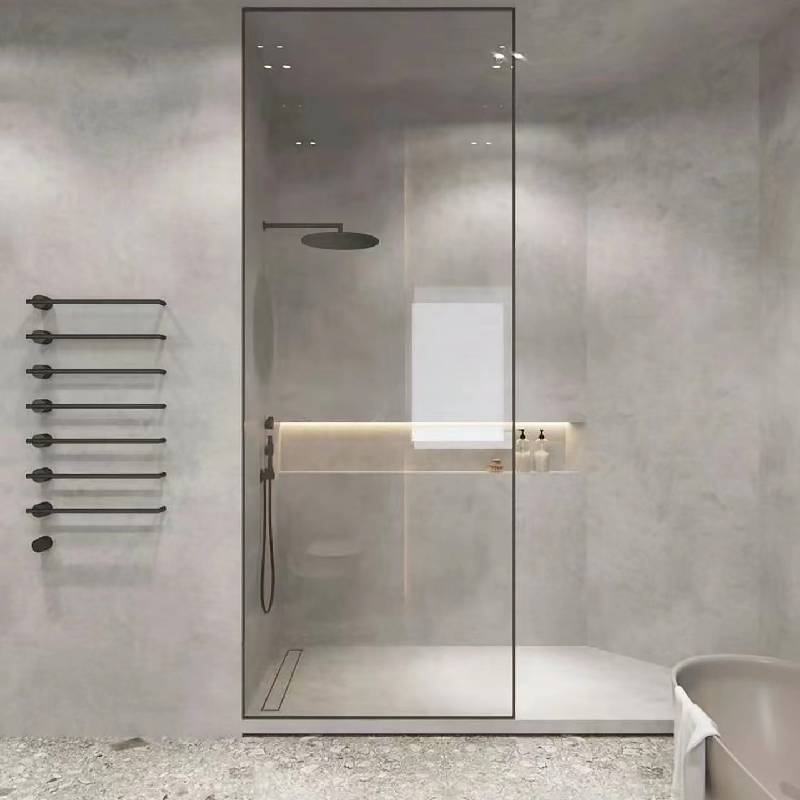

The Art and Science of Glass and Mirror Production
The creation of glass and mirrors is a fascinating blend of art and science. Glass has been an integral part of human civilization for thousands of years, serving not only practical purposes but also aesthetic ones. From the shimmering elegance of stained glass windows in cathedrals to the pristine reflections of modern mirrors, glass and mirror companies play a vital role in various industries, including architecture, interior design, automotive, and even technology.
The History of Glassmaking
Glassmaking dates back to ancient Mesopotamia, where artisans began experimenting with silica sand, soda, and lime. Over time, techniques evolved, with the Romans mastering the art of glassblowing, leading to the production of delicate glassware. By the Middle Ages, glassmaking had spread throughout Europe, giving rise to iconic styles and techniques, such as Venetian glass from Italy.
The introduction of mirrors significantly transformed interior decor. Initially made from polished metals, mirrors eventually transitioned to glass, allowing for clearer reflections. The use of mercury to create these early mirrors was hazardous, leading to the development of safer methods in the 19th century. Today, mirrors are typically made by applying a reflective coating, usually silver or aluminum, to the back of a glass sheet.
Manufacturing Process
The production of glass and mirrors involves several intricate steps, beginning with the selection of raw materials. Silica sand, along with soda ash and limestone, forms the primary ingredients for glass. These materials are mixed and heated in a furnace at temperatures exceeding 1,600 degrees Celsius, causing them to melt and form a molten glass.
Once the glass reaches the desired consistency, it can be shaped using various methods, such as blowing, pressing, molding, or casting. For mirrors, the glass is carefully cut and refined before the reflective coating is applied. The entire process requires precision and expertise to ensure a flawless finish.

Applications of Glass and Mirrors
The versatility of glass and mirrors makes them indispensable in numerous applications. In architecture, large glass panels not only enhance the aesthetic appeal of buildings but also improve energy efficiency by allowing natural light to permeate indoor spaces. Innovation in glass technology, such as double-glazing, further contributes to thermal insulation, making structures more sustainable.
In interior design, mirrors are often used to create an illusion of space, enhance lighting, and serve as decorative elements. From ornate vintage styles to sleek, modern designs, mirrors can be tailored to complement any décor. Furthermore, advances in smart mirror technology are paving the way for interactive surfaces that can display information, control lighting, or even assist in personal grooming.
The Future of Glass and Mirrors
As technology continues to evolve, the glass and mirror industry is also adapting. Sustainability is becoming a major focus, with companies exploring ways to recycle glass and reduce waste. Innovations such as self-cleaning glass and energy-efficient coatings are on the rise, reflecting a growing commitment to environmental responsibility.
Moreover, the integration of augmented reality (AR) with mirrors is an exciting frontier. Future mirrors may not only reflect our image but also overlay digital information, changing how we engage with our surroundings.
Conclusion
The world of glass and mirrors is a testament to human ingenuity and creativity. As glass and mirror companies continue to innovate, they will play a crucial role in shaping our built environment and enhancing daily life. Whether through sustainability initiatives or cutting-edge technology, the future of this industry is bright, promising to inspire awe while meeting the ever-changing needs of society.